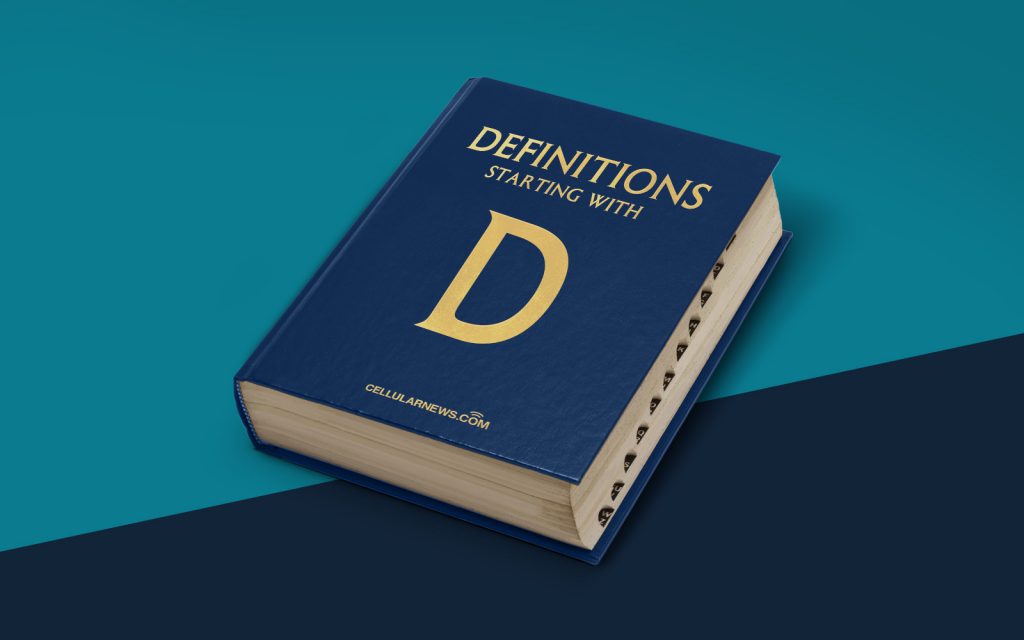
What is Discoverability in Design?
As a design enthusiast or a business owner working on building a successful online presence, you might have come across the term “discoverability” at some point. But what exactly does it mean? In this blog post, we will dive deep into the world of discoverability in design, exploring what it is, why it matters, and how you can improve it for your own website or digital product.
Key Takeaways:
- Discoverability refers to the ease with which users can find and access content or features on a website or digital product.
- Optimizing discoverability is crucial for user satisfaction, engagement, and conversion rates.
Imagine this: you stumble upon a beautifully designed website with captivating visuals and a compelling description of what it offers. You eagerly want to explore more, but you find yourself lost, unable to figure out how to navigate to the specific page or access the desired information. This frustrating experience is a direct result of poor discoverability.
In essence, discoverability is about making your website or digital product easily discoverable, ensuring that users can effortlessly find what they’re looking for. It involves designing intuitive navigation menus, clear call-to-action buttons, and logical information hierarchies, among other factors. The ultimate goal is to empower users to explore, engage, and convert without any unnecessary barriers or confusion.
So, why does discoverability matter? The answer is simple: if users can’t find what they’re looking for, they will likely leave your website or digital product and seek information or services elsewhere. This leads to a high bounce rate, lower engagement, and ultimately, missed business opportunities. On the other hand, when discoverability is optimized, users are more likely to stay, explore, and take the desired actions, increasing your chances of success.
Now that we understand the importance of discoverability, let’s explore some practical tips to improve it:
- Intuitive Navigation: Design clear and organized menus that guide users efficiently through the various sections and pages of your website.
- Consistent Design Elements: Use consistent visual cues, typography, and color schemes to establish a sense of familiarity and help users understand how to interact with your website or product.
- Readable and Scannable Content: Break down your content into easily digestible sections with headings, subheadings, and bullet points to facilitate quick scanning and allow users to find relevant information easily.
- Clear Call-to-Actions: Use compelling and actionable buttons or links to guide users towards their desired actions, whether it’s making a purchase, signing up for a newsletter, or accessing additional resources.
- Search Engine Optimization (SEO): Implement strong SEO practices, such as using relevant keywords, meta tags, and descriptive URLs, to improve your website’s visibility in search engine results and increase discoverability.
Remember, optimizing discoverability is an ongoing process that requires constant evaluation, user testing, and refinement. By prioritizing discoverability in your design, you can ensure a seamless user experience and create a strong foundation for your online success.
So, go ahead and take the necessary steps to enhance the discoverability of your website or digital product. Your users will thank you, and Google will reward you with better rankings and increased organic traffic.
